New Caledonia 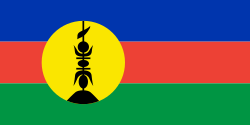
"81% of New Caledonians surf the Internet… The digital divide remains, especially in areas far from urban centers."
- New Caledonia Digital Barometer (2022 update)


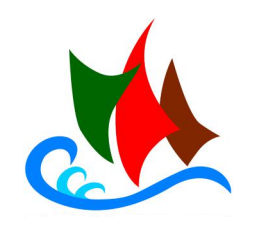

Technology and Connectivity is one of the key thematic areas in the 2050 Strategy for the Blue Pacific Continent, recognising its vital role in shaping a resilient, inclusive, and forward-looking region. Reliable digital infrastructure, mobile coverage, and internet access are not only important in their own right, but also serve as enablers for other priority areas, education, health, climate resilience, economic development, and governance, all increasingly dependent on strong digital foundations.
Yet across the Pacific, digital access remains uneven, leaving many Pacific communities disconnected. Bridging this gap is a regional priority. This project visualises where the gaps are, helping to prioritise action that delivers measurable impact, especially for rural and underserved populations.
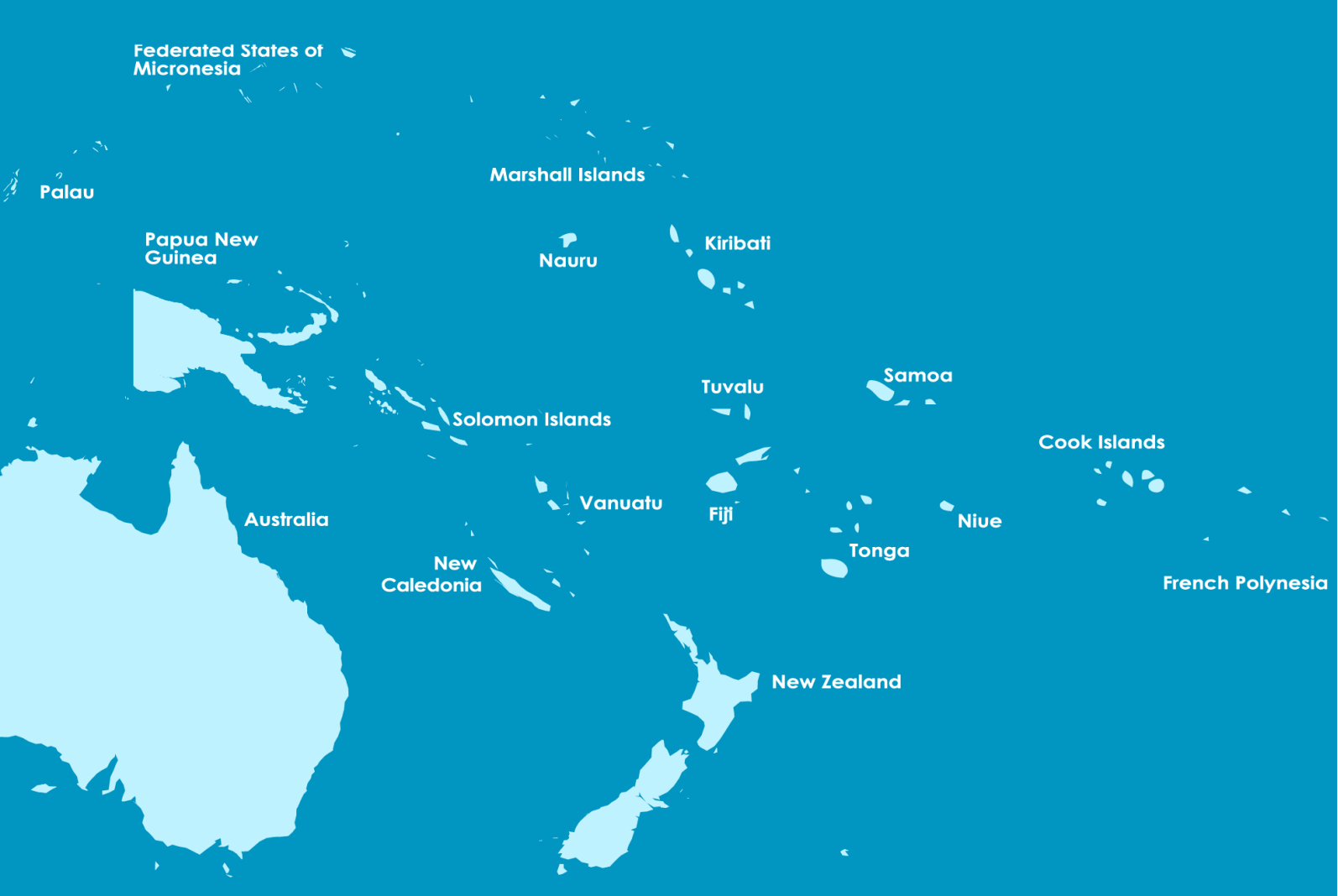

"81% of New Caledonians surf the Internet… The digital divide remains, especially in areas far from urban centers."
- New Caledonia Digital Barometer (2022 update)
"As the events of 2022 so cruelly showed us, internet connectivity is a lifeline for Tonga. Our economy and our society are dependent on well‑functioning domestic and international communications."
- Prime Minister Siaosi 'Ofakivahafolau Sovaleni
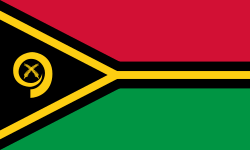
"Digital transformation initiatives are driving improved public service delivery and fostering a more connected and inclusive society across the country."
- Vanuatu Government (OGCIO and ICT Division)
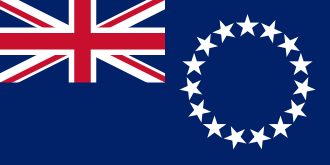
"Having improved and strengthened connectivity for our schools will revolutionise the teaching and learning experience…"
- Danielle Tungane Cochrane, Head of Ministry, Cook Islands Ministry of Education
"Niue's commitment to digital transformation focuses on sustainable development and inclusive connectivity for all citizens."
- Government of Niue
"Digital connectivity drives economic growth and social development across our Pacific communities."
- Ministry of Communications and Information Technology
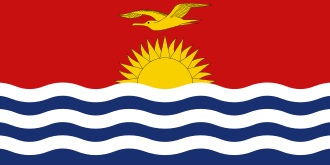
"Connectivity solutions are essential for Kiribati's sustainable development and climate resilience efforts."
- Ministry of Information, Communications, Transport and Tourism Development
"Digital infrastructure development supports Tuvalu's goals for sustainable connectivity and economic growth."
- Tuvalu Telecommunications Corporation
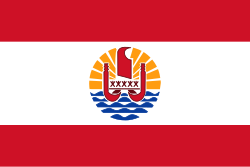
"Our digital strategy focuses on connecting all islands and communities through reliable telecommunications infrastructure."
- Ministry of Digital Economy
"We must not merely manage the present; we must prepare for tomorrow's challenges."
- Prime Minister Hon. Jeremiah Manele
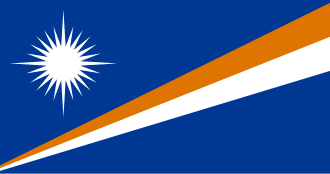
"Digital transformation is crucial for Marshall Islands' sustainable development and climate adaptation strategies."
- Ministry of Transportation & Communications
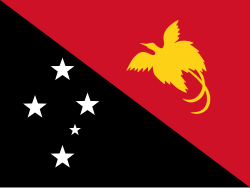
"Connecting PNG is not just about roads; it's about creating opportunities, empowering communities, and building a resilient economy…"
- Prime Minister Hon. James Marape
"Palau's submarine cable system now ensures fast and reliable internet to drive the nation's e-Government and education services."
- Palau National Communications Corporation
"Development and administration of sound policies and regulations ensure a reliable sea and air transportation system and communication network…"
- Department of Transportation, Communication & Infrastructure
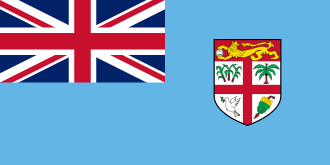
"Connectivity is the foundation of progress in today's and tomorrow's world."
- Prime Minister Hon. Sitiveni Rabuka
"Digital connectivity is essential for Nauru's sustainable development and connecting our communities to global opportunities."
- Government of Nauru
"While the digital revolution has presented many opportunities, in particular, for Island States such as ours, the challenges and complexities that come with the digital evolution require specialised capacities. I am confident that we all recognize and welcome the increased level of support and capacity development in this area across the region. However, for partnerships to be successful, they must be targeted, coherent, and effective."
Solomon Islands
Three-quarters of the population live in rural areas, 4G Coverage is under 30%, and Internet Usage remains around 1 in 10 people.
Many rural communities remain cut off from essential digital services, business opportunities, and public information - widening the development gap and slowing progress.
 Papua New Guinea
Papua New Guinea
Papua New Guinea faces one of the most significant digital access gaps in the region.
Only 11.2% of people are online despite 70% 4G Coverage. With limited broadband access and 86% rural population, PNG remains largely disconnected, vulnerable in crises, cut off from essential systems and economic participation.
Palau
Palau has good infrastructure, but many people still aren't online.
Even with solid Fixed Broadband access (7.3 per 100), only 34% use the internet and 4G Coverage is unavailable. This limits access to online services like e-learning and e-government, even though most people live in urban areas (82.4%).
Micronesia (FSM)
FSM's 35% Internet Usage is higher than many Pacific neighbours, yet with no Fixed Broadband and low 4G Coverage, many communities remain digitally underserved.
Advancing digital services such as e-learning, remote healthcare, and early warning systems requires stronger focus on technology and connectivity.
 New Caledonia
New Caledonia
With 82% Internet Usage and 79.5% 4G Coverage, New Caledonia ranks among the most connected in the region.
While French Polynesia leads in Fixed Broadband (35.6 per 100), New Caledonia's digital infrastructure is still advanced (19.4 per 100). The key challenge is extending access to outer islands and marginalised communities for services.
 Vanuatu
Vanuatu
Vanuatu has strong mobile infrastructure, with 90% 4G Coverage and 421 Mobile Broadband subscriptions per 100 people. Yet, only 25.7% of the population uses the internet.
The high mobile subscription rate suggests many people use multiple SIMs or share devices. But everyday internet use remains low — more awareness, training, and local access are needed to turn coverage into real digital inclusion.
 Fiji
Fiji
Despite 92.9% mobile coverage, Fixed Broadband (2.53 per 100) is still beyond reach for much of the population.
To translate access into equity, cost, device access, and training and awareness are key to turning coverage into opportunity, and full digital participation.
Tonga
Close to 100% 4G Coverage and growing internet usage.
With strong 4G Coverage (96%) and rising internet use (41.2%), Technology and Connectivity is swiftly advancing. However with 76.8% of the population in rural areas, to grow usage and build resilience, Tonga needs more reliable and steady access to online services, especially for e-health, e-learning, and disaster response.
 Marshall Islands
Marshall Islands
Fixed Broadband is available, but mobile access is still missing.
Internet Usage is 38.7%, supported mainly by Fixed Broadband (2.35 per 100), no 4G Coverage or Mobile Broadband. Population concentrated on scattered atolls, reaching more people will require flexible, community-based approaches that go beyond mobile networks.
Nauru
A compact nation, ready for full digital rollout.
With 90% 4G Coverage, 57% Internet Usage, and good Fixed Broadband (9.96 per 100), Nauru has the foundations for universal access, but needs investment in usage and digital literacy.
 Kiribati
Kiribati
Despite scattered islands, digital development is moving ahead - EGDI a clear priority.
4G Coverage (65%), growing Mobile Broadband access (51.6 per 100) - Kiribati's connectivity is steadily advancing. However, 85.4% of people are still offline and Fixed Broadband remains very limited (0.04 per 100). Increasing local access will help more people connect, and improving digital literacy will help more people get online.
Tuvalu
66% of the population live in urban areas, this urban drift is reflected in internet usage.
Nearly half the population is online (49.3%), a notable milestone and a key adoption threshold. This indicates a keen awareness shown by the population towards all things Internet. However, limited 4G Coverage (27%) and no active Mobile Broadband will serve to limit this digital expansion and Internet Usage activity.
Samoa
Strong Mobile Network, Modest Internet Use
Samoa shows strong infrastructure with 99% 4G Coverage and 92.3 Mobile Broadband subscriptions per 100 people. Yet, Internet Usage is just 33.6%, and with 82.5% of the population living rurally, improving awareness, affordability, and outreach can deepen the impact of existing infrastructure.
Niue
Niue stands out with 90% 4G coverage and 71.1% internet usage — among the highest in the Pacific.
Thanks to its small size and centralised services, Niue has built a strong digital foundation. The next step is to grow online services like e-learning, e-business, and e-government - potentially as an example for the region to follow.
 Cook Islands
Cook Islands
Mobile Broadband and Fixed Broadband are high, but 4G Coverage sits at 55%.
Internet Usage stands at 54%, with strong Fixed Broadband access (21 per 100) and high Mobile Broadband (85.6 per 100). However, 55% 4G Coverage highlights gaps in outer islands. Ensuring equitable access across all islands is key to national inclusion.
 French Polynesia
French Polynesia
Strong infrastructure supports widespread connectivity.
88.5% of the population uses the internet, backed by 90% 4G Coverage and strong Fixed Broadband (35.6 per 100). Extending services to outer islands will help translate this access into broader inclusion.
81% of Pacific Islanders still don't have access to the internet. That means millions of people are missing out on basic things many take for granted, such as learning online, finding health information, staying connected, or even applying for jobs. Entire communities are being left behind.
Each bar segment represents the real-life disparity between those who can participate in the digital world and those who cannot. The implications are profound — millions of Pacific Islanders are excluded from online education, digital health services, e-commerce, and critical government information, simply due to lack of connectivity. The challenges span across infrastructure gaps, geographic isolation, affordability, and digital literacy, affecting key thematic areas such as education, health, climate resilience, economic development, and governance.
This chart compares internet access levels across the three Pacific subregions — Melanesia, Micronesia, and Polynesia — and reveals deep disparities. Melanesia has the widest gap, with 83% of its population offline, followed by Micronesia at 72%, while Polynesia leads in connectivity, with 60% of its population online.
Polynesia shows strong internet statistics, however these numbers do not capture local variations in internet access or internet usage. Small, well-connected countries like Niue and Nauru push up the average, while larger countries like Samoa and Tonga still have low connectivity. These data reveal a deeper issue: digital inclusion remains uneven. The divide persists, many Pacific Islanders are still on the margins - and that matters. This affects their ability to access health services, participate in digital learning, respond to disasters, and tap into global economic opportunities.